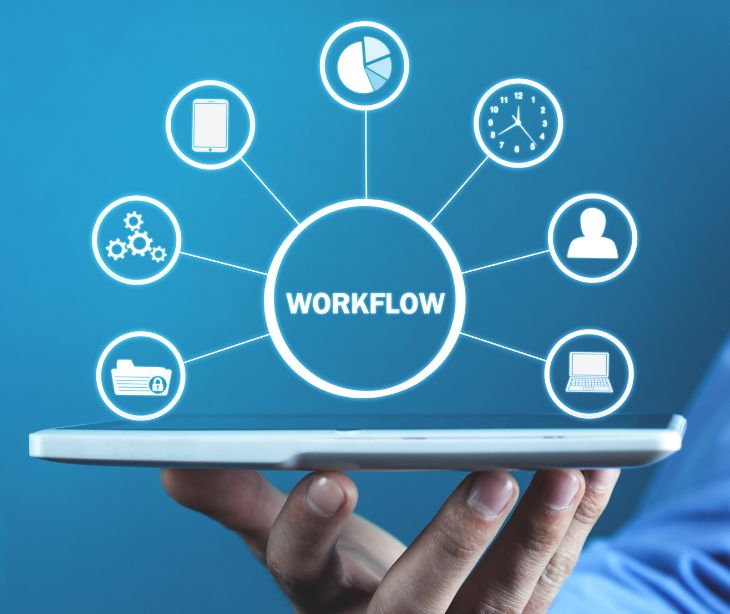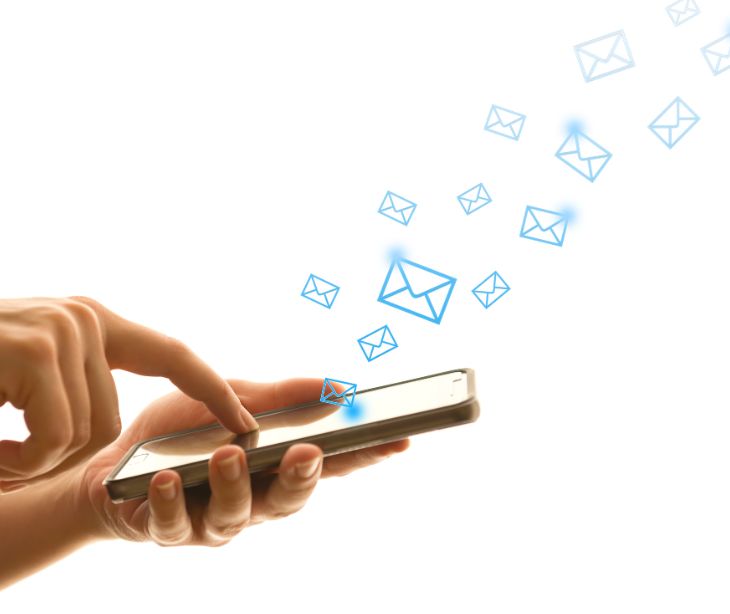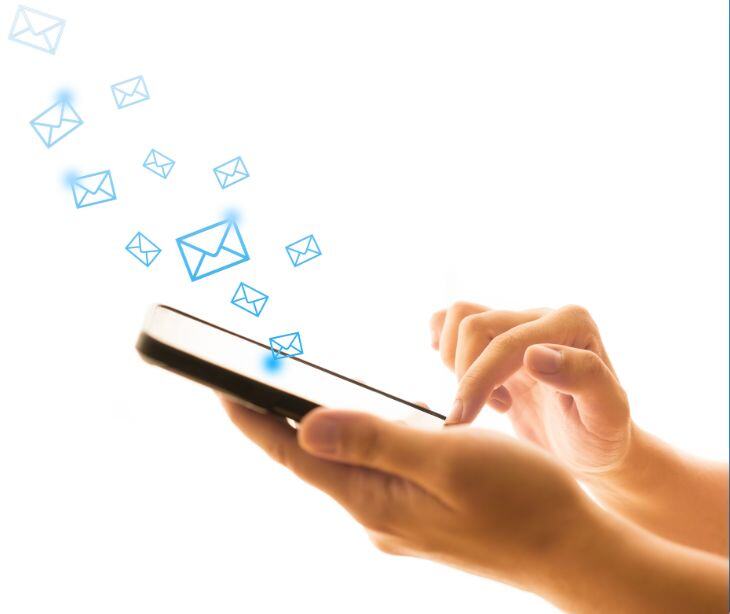
The most effective email strategies include automation, segmentation and personalization, respectively. Implementing these strategies can be difficult in healthcare settings where other operational needs take precedence. This is where email workflows can be beneficial. Healthcare organizations can use a targeted and structured approach to email communication that makes HIPAA compliant email and efficient communication effortless.
The problem with email systems in regular workflow systems
“Though it is a consensus that email has potential to support workflow management in a BP, existing email systems poorly support the workflow in a BPes. The main problems in email systems are the ad-hoc and destructs nature that hinders use of email for workflow management of a BP.”
The BP referred to in this study, A Framework to Enhance Email based Business Processes, is business processes, a common reference to the operational processes within most organizations. In healthcare, without an effective and set plan for every aspect of operation especially communication, there is a high likelihood of errors that result in data breaches.
Email systems often become a bottleneck, creating problems that get in the way of efficient communication. Because healthcare professionals receive so many emails daily, it becomes hard to prioritize and respond to the most pressing messages quickly. This overwhelming flow can lead to delays in patient care, miscommunication among staff, and important information getting lost or overlooked.
What makes an effective email workflow
An email workflow is a structured set of rules, procedures and protocols used to automate and streamline email tasks. This improves efficiency by providing a tried and tested method of communication between providers and any third parties they may encounter. The investment in these workflows, like in operational workflow, improves productivity and timely communication.
The signs of an effective email workflow look something like this:
- It prioritizes emails based on urgency and importance.
- The system allows for easy tracking of responses and follow-up actions.
- It includes templates and canned responses for quick replies to common inquiries.
- The workflow integrates with calendars and task management tools.
- It supports collaboration among team members.
- The system provides options for tagging and adding notes to emails.
- It employs filters and rules to minimize spam and irrelevant emails.
- An effective email workflow is adaptable.
- It enhances security and compliance.
- The workflow offers analytics and reporting features to monitor email volume, response times, and other metrics.
Creating an improved email workflow
- Assess the current situation: Start by evaluating existing email management practices. Identify what works well and where the pain points lie. How many emails are received daily? Which emails demand immediate attention, and which can wait?
- Define goals: What does the organization want to achieve with an improved workflow? Common goals include reducing the time spent on email, improving response times, and making sure important emails are not missed.
- Choose the right tools: Select HIPAA compliant email management tools that align with goals. Email services like Paubox Marketing offer features like categorization, and automation (rules and filters). Consider dedicated email management software if organizational needs exceed the capabilities of standard email clients.
- Set up categorization: Use folders or labels to organize emails by project, priority, or type.
- Implement automation: Set up rules and filters to automatically sort incoming emails. For example, emails from specific senders can go into designated folders, newsletters might be marked for reading later, and high-priority emails can be flagged automatically.
- Draft templates: For frequent inquiries or responses, create templates or canned responses. This saves time and ensures consistency in communications.
- Schedule email times: Designate specific times for checking and responding to emails. This prevents email from becoming a constant interruption, allowing for focus on other tasks.
See also: Tools to automate validation
Implementing the improved workflow
- Integrate tools: After selecting a tool, integrate them into email systems. This might involve setting up software, linking email with the organizations calendar or task manager.
- Organize the inbox: Apply the new categorization scheme to existing emails. It's okay to start fresh with a "zero inbox" approach, archiving old emails and applying the new system moving forward.
- Activate automation rules: Implement the rules and filters that have been defined. Monitor their effectiveness over the first few weeks, adjusting as needed to ensure emails are sorted correctly.
- Use templates and canned responses: Incorporate prepared responses into the daily email routine. Most email systems allow users to save these for easy access.
- Stick to an email schedule: Make sure to check emails only at the designated times. It might be challenging at first, but maintain focus and productivity.
- Train and communicate with the team: If implementing a new workflow in a team setting, make sure that everyone is trained on the new tools and processes. Communicate clearly about response times and availability to manage expectations.
See also: Top 10 HIPAA compliant email services
FAQs
How can small businesses with limited resources effectively improve their email workflows?
Small businesses can effectively improve their email workflows by utilizing free or low-cost email management tools and adopting simple automation techniques to organize and prioritize their inbox.
How do you balance the need for quick email response times with the risk of burnout from constant connectivity?
Balancing quick email response times with the risk of burnout can be achieved by setting specific times for checking and responding to emails and encouraging breaks from connectivity outside of these periods.
Are there specific training programs or resources recommended for employees to better manage their email workflows?
Yes, there are specific training programs and online resources, such as Coursera and LinkedIn Learning courses, that offer guidance on managing email workflows and improving email productivity skills.
Subscribe to Paubox Weekly
Every Friday we'll bring you the most important news from Paubox. Our aim is to make you smarter, faster.



